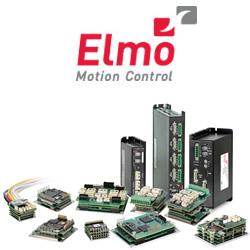Solar-powered Solutions on the Farm: Purdue-affiliated Company Completes Microgrid for Crop Production Facility
Ripening Fruit in Ripening Chambers - How Bananas & the Like Ripen in the Best Possible Way
Digital Transformation of Indian Farming
Farmers and Data Scientists Join Hands to Develop Precision Technology for Agriculture
2021 Top Article - Indoor Agtech 2021, an Evolving Landscape
2021 Top Article - Advancements in Precision Agricultural Insights
2021 Top Article - How Vertical Farming will shape the Post Pandemic Food Supply Chain
2021 Top Article - Food Production Steps Up to Meet Global Demand
Freight Farms Case Study - EEDEN FARMS Nassau, Bahamas
Calculating Break Even and ROI When Investing in Sensors for the Cannabis Market
3 Companies Solving the Mystery of Profit
NASA Research Launches a New Generation of Indoor Farming
Autonomous weeding and its future in Agriculture
Improve Profitability by Optimizing the Use of Fertilizer
Overcoming Obstacles in Starting an Indoor Farm
Records 391 to 405 of 893
First | Previous | Next | Last
Featured Product

